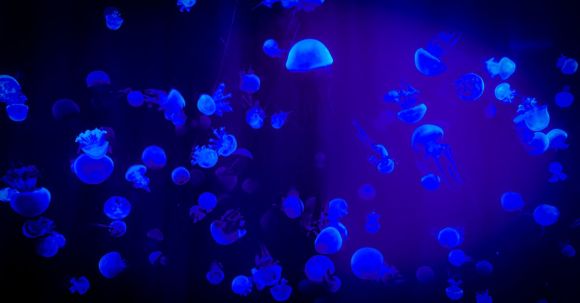In a world facing increasing threats to its biodiversity, the need to protect endangered species has never been more urgent. From habitat destruction to climate change, human activities have pushed many species to the brink of extinction. However, there is hope. Conservation efforts around the globe have shown promising results in saving endangered species from disappearing forever. This article explores some of these efforts and highlights a few success stories that inspire hope for the future.
Conservation through Habitat Protection
One of the most effective ways to protect endangered species is by preserving their natural habitats. This involves creating protected areas and national parks where human activities are limited or regulated. By safeguarding the places where these species live, we give them a fighting chance to recover and thrive.
For example, the Galápagos Islands, a UNESCO World Heritage site, have implemented strict regulations to protect their unique ecosystems. The islands are home to iconic species like the Galápagos giant tortoise and marine iguanas. The establishment of the Galápagos Marine Reserve has helped preserve the diverse marine life surrounding the islands, including the endangered Galápagos penguin.
Conservation through Captive Breeding and Reintroduction
In some cases, when a species is critically endangered and their wild populations are too small to recover on their own, captive breeding programs become crucial. These programs involve breeding endangered species in captivity with the goal of reintroducing them into the wild once their populations have increased.
The California condor, one of the most endangered bird species in the world, is a success story of captive breeding and reintroduction. In the 1980s, their population had declined to only 27 individuals. Thanks to intensive captive breeding efforts, their numbers have now increased to over 400 birds in the wild.
Conservation through Community Engagement
Conservation efforts are most successful when local communities are actively involved. Engaging communities in conservation not only helps protect endangered species but also improves the livelihoods of the people living in close proximity to these species.
The Amur leopard, one of the rarest big cats in the world, is a remarkable example of community-led conservation. In the Russian Far East, the local communities have been actively involved in protecting the Amur leopard’s habitat. By promoting ecotourism and providing alternative income sources, such as sustainable agriculture, local communities have become stewards of the land and guardians of the Amur leopard.
Conservation through International Collaboration
Protecting endangered species often requires international cooperation. Many migratory species, such as birds and marine animals, traverse multiple countries during their life cycles. Protecting these species requires coordinated efforts across borders.
The Serengeti-Mara ecosystem, shared by Tanzania and Kenya, is a prime example of successful international collaboration. The annual migration of wildebeest, zebras, and other herbivores is a spectacle that attracts tourists from around the world. By working together to establish conservation corridors and manage the ecosystem sustainably, both countries have ensured the survival of these iconic species.
In Conclusion: Hope for the Future
While the challenges of protecting endangered species are immense, the success stories mentioned here provide hope for the future. Through habitat protection, captive breeding, community engagement, and international collaboration, we can make a difference in preserving Earth’s precious biodiversity. By continuing these conservation efforts and learning from past successes, we can ensure a brighter future for endangered species and the ecosystems they call home. It is up to us to be their voice and protect their right to exist on this planet. Together, we can make a difference.
